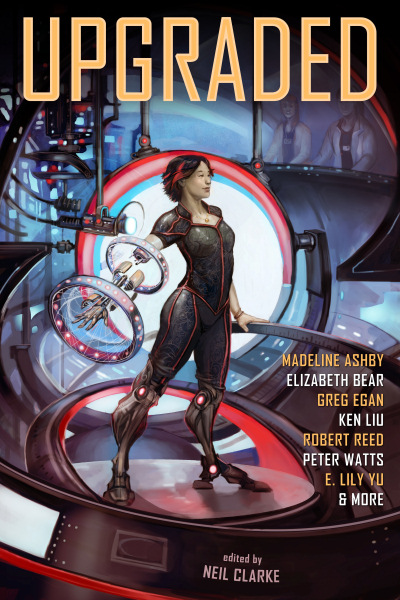At the top left is Facebook’s new camera functionality. Top right takes you to Messenger, which is a separate app. Below the camera is Direct, a messaging product separate from Messenger that exists within Facebook Prime. Next to Direct is Stories, which are different from the Stories in Instagram or Messenger, and which now get the app’s prime real estate. Below Stories is the standard Facebook status prompt that you know and love. And below that is the News Feed from whence everyone gets their Fake News. That’s no less than five separate Facebook products throwing themselves in your, well, face as soon as you open the app. And on top of determining the proper posting context, users also have to figure out privacy options and which people their audience, composed of multiple friend groups and contexts, should be comprised of.
This is as clear a visual indication as any that Facebook hasn’t settled on a strategy to get it through the next internet epoch. For nearly a decade, Facebook has built an unbelievable advertising empire thanks to the News Feed — the product that most people would describe if you asked them what Facebook is. But the News Feed, for all of its reach, is clearly flawed, filled with aggressive advertising, brands, and performative posts from friends you might not have spoken to in months or years. Worse (for Facebook), there are early indications that the News Feed is in trouble: For a while now, Facebook has been concerned internally that people are sharing less, a result of the “context collapse” that results from combining friends from school, college, and multiple jobs under one online presence.
Brian Feldman
Very little about these new features makes sense to me. Let’s take Direct for example, a new way to send (disappearing) messages to friends; why wasn’t this launched as a Messenger feature, along with regular and encrypted messages? What is the point of having separate apps if their features overlap to the point of becoming indistinguishable? In a way, Facebook’s presence in social media has become so massive that it’s now competing against it’s own apps: Direct against Messenger and WhatsApp; Camera Effects against Instagram; and Stories… well… let’s just say I still can’t understand the appeal of this format and having it forced upon me from all directions does nothing to improve my impressions.



